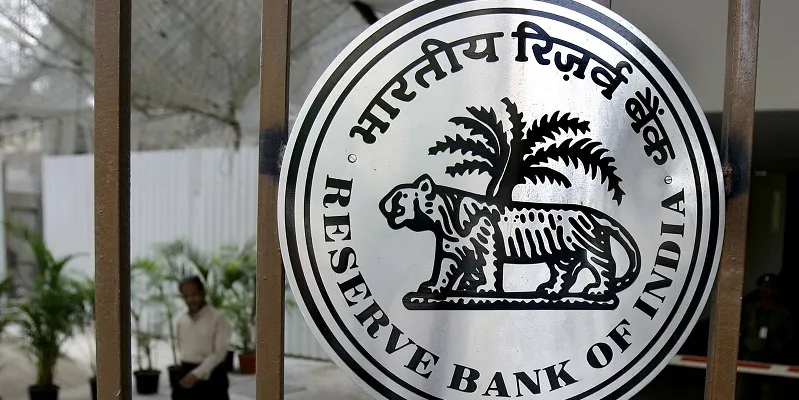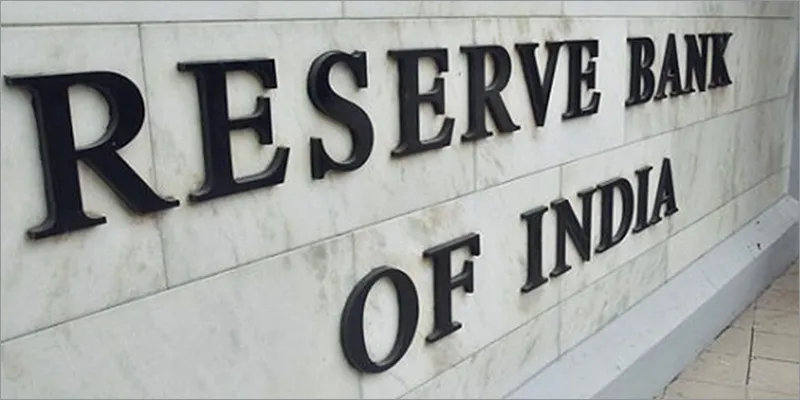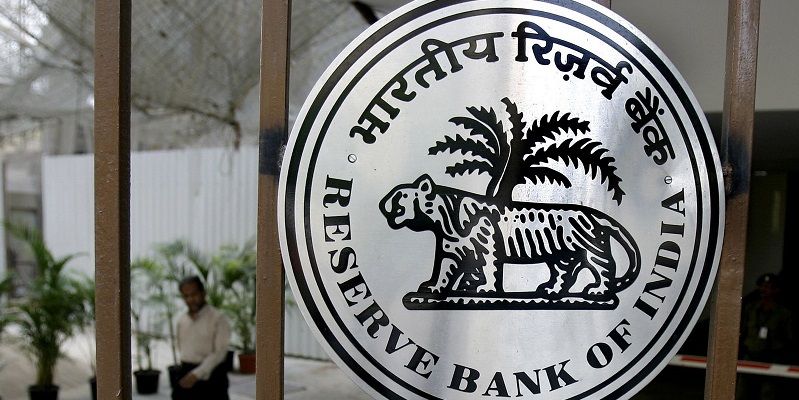Here's what you are missing out regarding RBI's new guidelines on wallets
Not everything seems magnificent about RBI's new policy on digital wallets, as the industry throws pertinent questions to the regulator, digging out some key flaws.
The Reserve Bank of India (RBI) last week released a set of master directions for issuance and operation of Prepaid Payment Instruments (PPI), commonly known as wallets.
With the previous directions released back in 2009, the new norms encompass interoperability (allowing wallets to transact with each other) and stricter KYC (Know Your Customer) norms.

The RBI said one of the key purposes of releasing the new norms was - ‘To provide for harmonisation and interoperability of PPIs’, allowing them to transact with each other.
Some key takeaways of the norms:
- Interoperability is expected to be enabled in phases, starting with KYC compliant wallets being allowed to transact with each other. In subsequent phases, transactions will be enabled between wallets and bank accounts through UPI (Unified Payments Interface).
- Mandatory KYC compliance: Minimum KYC complaint wallets need to be converted into full KYC compliant accounts within 12 months, or by October 2018 for existing wallets.
- Capital requirement: The RBI increased the net-worth requirement for companies offering prepaid instruments to Rs 5 crore from Rs 2 crore, with a minimum positive net-worth of Rs 15 crore in three financial years.
- Cross-border remittances: The RBI norms state that, "KYC compliant reloadable wallets issued by banks (having AD-I licence) shall be permitted to be used in cross-border outward transactions (only for permissible current account transactions under FEMA viz. purchase of goods and services). On explicit request, the PPI holders shall apply a per transaction limit not exceeding Rs 10,000, while per month limit shall not exceed Rs 50,000."
Bhavik Vasa, Chief Growth Officer, ItzCash, says the norms are a good way to mark 10 years of the Payment and Settlement Systems Act 2007. He says,
“It’s a strong takeaway and a major inflection point which will foster collaborations. We definitely see the rhetoric changing that it is not banks versus wallets, which was considered the case earlier. When regulator is talking about banks and non-banks in the same regard, it clearly means that it isn’t one versus the other.”
Navin Surya, Chairman, Payments Council of India (PCI), says this is the third edition of reforms in PPI. The first and second rounds had allowed non-banking companies to participate in regulated payment systems, and allowed domestic remittance from PPIs to bank accounts, respectively.
The third edition is laying foundation for wallets to become interoperable with all existing payment instruments and at par in terms of acceptance with debit/credit cards.
“This would ensure that PPIs’ contribution to digital payments from current share of less than 10 percent can move to 30-40 percent in next five years. We thank the RBI and its team for laying this foundation and we at PCI would work closely with them to achieve these common objectives to drive ‘Less Cash in India’.”
The Pros
- Access to financial services: KYC and interoperability will look to create a level playing field for wallets, says Bhavik. Also, full KYC isn’t only about compliance, but also allows wallets to offer a larger basket of financial services to consumers.
“Looking at insurance and lending as the next areas of growth, we welcome the new directions by the RBI,” adds Bhavik.
- Higher usability of wallets: Sanjay Swamy, Managing Partner, Prime Venture Partners, says,
“Through the directions, what we are basically saying is that wallets are now mainstream. Hence, a wallet will be at par with any bank account as money transfers become more simplified.”
He believes interoperability may lead to increased balances in wallets and higher usability.
“The big problem was that payment systems were working in silos and the minute it starts being interoperable, the acceptance and usability goes up, which is a positive,” adds Sanjay.
Bipin Preet Singh, Co-founder and CEO of MobiKwik, states,
“There will be a substantial rise in the user base. Now wallets are not restricted to their merchant network alone. RBI’s latest direction in this regard will provide a homogenous environment for the growth of mobile wallets. For the user, this means they do not have to download another wallet if they already have one. They can pay across the merchant network of any other PPI.”

- Doing away with vanity metrics: Payments systems got instant popularity with demonetisation and the space saw a fair share of competition with players throwing in vanity metrics as a part of marketing techniques.
With interoperability, every customer and merchant network will be able to transact with each other, and these ‘customer acquisition’ offers might not matter. Sanjay explains,
“There was a lot of casual account opening because customer had ‘cashbacks’ to use. With interoperability, frivolous users will go away, and stricter KYC norms will make customers think twice before opening an account. Essentially, vanity metrics will go out the door, and a new standard will rise.”
Pertinent questions to the RBI
Not everything, however, is glorious about the new directions. YourStory spoke to some industry experts to find out what the downside of these norms are. They, however, requested to remain anonymous.
- KYC norms to hit financial inclusion: One of the biggest business opportunities for wallets is remittances. Industry experts said full KYC norms for amounts of up to Rs 1 lakh don’t give the right message. Workers often remit amounts of around Rs 2000, and with increasing smartphone usage, wallets are becoming a basic convenience for this segment, which is looking for simpler and easier ways to transfer funds. A payments industry expert says,
“These guys are taken away from the formal economy. The low value transaction now gets costlier (for financial institutions) as there is a physical KYC cost, and a CAPEX cost if done digitally.”
Bala Parthasarathy, Co-founder of MoneyTap, says the cost of a single Aadhaar-based KYC can range between Rs 70 and Rs 300 depending on system efficiencies of payment players.
Industry participants claim the cost to collect one document for KYC can run between Rs 100 and Rs 250 in the physical world.
Considering the thin margins for executing payments, it is not too lucrative for wallet players to input three-five percent as cost of the total transaction.
Add to this, how does one verify the permanent addresses for the migrating Indian population? To this Bala says,
“Typically, KYC is done by address, which is a policy. Usually, banks can decide whether they want the current or permanent address. For example, for personal loans, banks want a current address because of the institutional risk of collections. For a wallet, it is the current addresses, considering consumers are putting their own money.”
On a general front, Bala believes KYC may act as a deterrent for low usage wallet consumers.
“It’s not easy to convince people to do KYC. For telecom operators, consumers might (do it) for fear of the phone connection being disconnected. But with cash back in the economy, bank wallets might not get those benefits.”

- Curious case of gift cards: Just last week, the government suspended the requirement of a PAN card or jewellery purchases exceeding Rs 50,000. The Income Tax Department allows cash sales up to two lakhs without KYC.
On the other hand, the RBI guidelines for wallets have brought down the limit of gift instruments from Rs 50,000 to Rs 10,000. Also, KYC details of the purchasers (of gift cards) are to be maintained by the issuer.
An industry expert explains the irony - gold and jewellery, which can be an instrument for money laundering, is let go without any KYC, but instruments like gift cards have a cap.
- Duplication of effort: In March, the Department of Telecommunications directed all mobile phone service providers to re-verify existing customers using their Aadhaar number and biometric details before February 6, 2018.
With mobile wallets essentially linked to mobile numbers, and minimum KYC done through these phone numbers, full KYC seems like duplication of effort.
One cannot, however, deny that wallets owned by telecom operators, like Jio Money will have a considerable advantage with the new norms considering the above ruling and with KYC already done to allot new connections.
- Favouring UPI: Some industry experts argue the RBI is favouring UPI by appointing it as the default infrastructure connecting banks and wallets. They say almost 40 percent of all UPI transactions are through non-bank institutions, as also for IMPS, an instant real-time inter-bank electronic funds transfer system.
Bala, however, argues,
“The current directions may not be to promote one particular system. UPI is a national infrastructure so it makes sense to use it. Moreover, it seems to be running on the IMPS network.”
The latest norms from the RBI are not the first move towards interoperability.
In February this year, Bharat QR a common QR code developed by major card network companies, National Payments Corporation of India (NPCI), MasterCard and Visa was launched. With 24 banks on board, the interoperable code removed the need to scan different QR codes at the same merchant provided by the different payment networks.
With the deployment of expensive private systems, experts opine duplication of effort is what the ecosystem is moving towards.
“All systems are connecting the same bank accounts. These active bank account users in the country use wallets, QR codes and PoS. Hence, these new directions keep connecting the same accounts, giving them multiple options to transact,” claims an expert.
The data, however, does not indicate these directions having increased the pie, or a move towards inducting inactive bank accounts and populations without any bank accounts. The RBI should, therefore look into financial inclusion using wallets.
Looking at the pros and cons, we would say that the new directions from RBI, although forward moving, should be taken with a pinch of salt.











